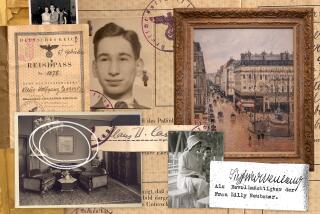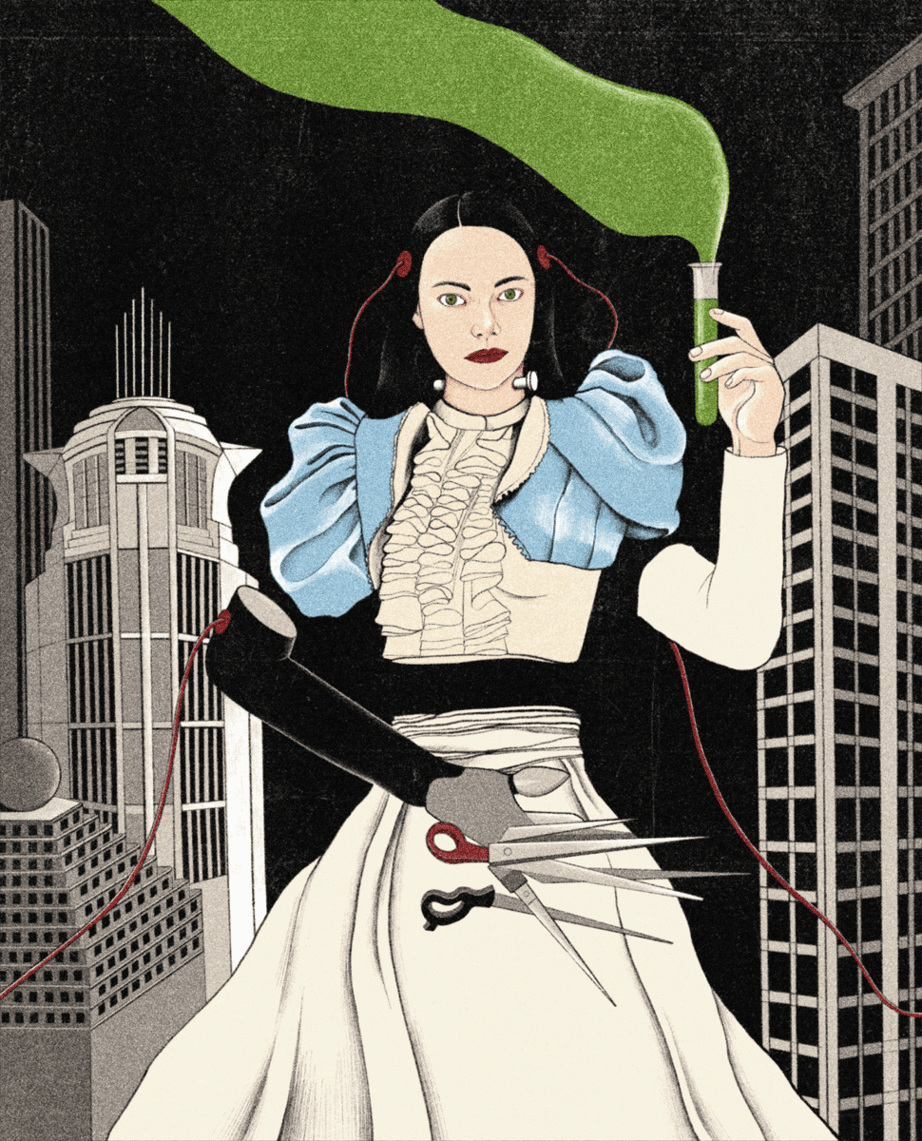Cultural Exchange: Wildenstein art dealers scrutinized
- Share via
Reporting from Paris — — In art circles, the Wildenstein family is royalty, a wealthy, powerful dynasty whose name is almost as famous as the celebrated masterpieces it owns. The Wildenstein collection, amassed over the last 140 years, is, say experts, an “Aladdin’s Cave,” boasting 10,000 works by distinguished Old Masters and Impressionists, including Cézanne, Renoir, Manet, Monet and Van Gogh, to name a few.
Such is the magnitude of this treasure trove, dotted around the globe in Paris, London, New York, Buenos Aires and Tokyo, that few outside the family know exactly what it contains. Even the current dynasty head, Guy Wildenstein, son of Daniel Wildenstein the celebrated racehorse owner and one of the 20th century’s most successful prolific art dealers and collectors, might be forgiven for not knowing the full inventory by heart.
That in any case was the nub of his response this month after police raided his Paris art institute and found masterpieces that had been reported stolen or missing. Detectives removed 30 suspect works from a secure storeroom said to have been piled floor to ceiling with sculptures and paintings.
The news sent shock waves through the art world, which operates on credibility and trust. “Until now people in the business wouldn’t say anything because the Wildenstein family is so powerful,” said one Paris gallery owner, who wanted to remain anonymous. “If you wanted a painting authenticated you often took it to them. Plus, they had influence. I can see a lot of personal scores being settled in the next few months.”
Guy Wildenstein certainly counts friends in high places; President Nicolas Sarkozy, whose ruling center-right UMP party Wildenstein co-founded, calls him “mon ami Guy” and gave him the prestigious Legion d’Honneur, and Prince Charles is godfather to one of his children.
But it is not the first time the Wildensteins have come under scrutiny; the family has never entirely shaken off claims of links with looted Nazi art, and in a separate issue, Guy is facing several lawsuits over his father’s estate. It was while investigating accusations that Guy and his late brother Alec had squirreled away part of the family fortune in offshore trusts that police photographed works in a storeroom at the Wildenstein Institute in Paris’ wealthy 8th arrondissement, a stone’s throw from the UMP headquarters.
On closer examination of the photographs, anti-trafficking experts discovered that 30 of the works were listed missing or stolen, including “La Chaumière en Normandie” (The Cottage in Normandy) by French impressionist Berthe Morisot valued at around $1.1 million, bronzes by Rembrandt Bugatti and drawings by Edgar Degas. They had allegedly disappeared, along with others, from the homes of two deceased collectors whose estates were executed by the Wildensteins. Relatives have now lodged lawsuits against unnamed persons for “theft and concealment.”
If the name Wildenstein conjures up a refined world of culture, in less highbrow circles it represents the madness of vanity and the perils of cosmetic surgery, illustrated by Jocelyn “Bride of” Wildenstein, once married to Alec. She spent about $4 million having her face remodeled reportedly to look “more feline” to keep her cat-loving husband. It did not work. The couple divorced in 1999 after Jocelyn discovered Alec in bed with a 19-year-old blond Russian.
The family business, Wildenstein and Co., was founded in the 1870s when Guy’s great-grandfather Nathan Wildenstein, a tie manufacturer, opened a gallery in Paris. By the turn of the 20th century he was considered one of Europe’s preeminent art dealers and in 1903 opened a gallery in New York, today the company’s main base. His son Georges, who inherited the business in 1934, fled to America during the Second World War, but the Paris gallery remained open, leading to allegations that the family had dealt in Nazi-looted art, which the Wildensteins have always denied.
On Georges’ death in 1963, the firm passed to Daniel, who used to sit for portraits by Picasso, a family friend. He opened branches in London and Tokyo as well as the Wildenstein Institute, a research center aimed at promoting knowledge of French art. After Daniel died in 2001, his second wife, Sylvia, claimed her stepsons had tricked her into signing away her inheritance and had hidden much of the family fortune in offshore trusts. The existence of the trusts was accepted by a French court last June.
“My two stepsons told me my husband was ruined and I had to give up my inheritance or risk having major problems with the taxman in France,” said Sylvia, who spent a decade trying to establish the whereabouts of the family fortune before her death in December. “I believed them,” she told a French newspaper.
Far from being bankrupt, Daniel Wildenstein is thought to have left a multi-billion-dollar fortune, including thousands of artworks and a 75,000-acre farm in Kenya where the movie “Out of Africa” was filmed.
Sylvia’s lawyer Claude Dumont-Beghi lodged a lawsuit for forgery, breach of trust, tax evasion and money laundering with French state prosecutors in September, provoking a criminal investigation into the Wildenstein family affairs. There are now six lawsuits involving three judges and several police units on the Wildenstein’s case.
Guy Wildenstein’s Paris lawyers refused to comment, but he sent Le Point magazine a written denial stating he had no idea the Bugatti bronze was in the institute’s safe. He denied having any “missing or stolen” works and said he was “astonished” by the allegations against him.
Lawyer Dumont-Beghi, who has spent seven years on the trail of the Wildenstein fortune, is skeptical. “They [the Wildensteins] know they’re in a lot of deep trouble. They thought they controlled the art world because they were so powerful. They thought they had political friends in high places and were protected by Sarkozy. They thought they were above all this. Now the world is exploding around their ears,” she told The Times.
More to Read
The biggest entertainment stories
Get our big stories about Hollywood, film, television, music, arts, culture and more right in your inbox as soon as they publish.
You may occasionally receive promotional content from the Los Angeles Times.










